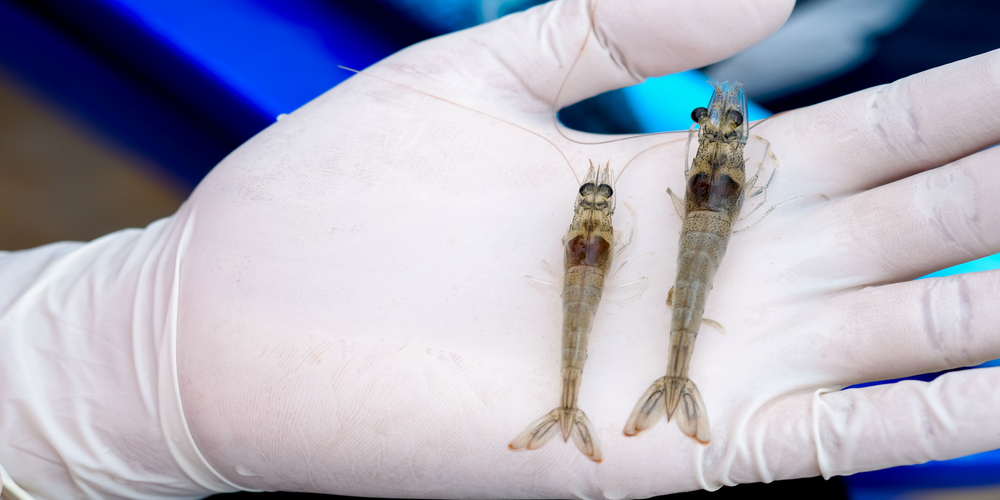An untapped market for probiotics?
Like many other farming industries, Shrimp farming is not a risk-free enterprise. Diseases such as the White feces disease (WFD) and the White spot syndrome virus (WSSV) can decrease shrimps’ survival rate up to 30%. These diseases pose a severe threat to shrimp farming as they can destroy harvests, which is devastating for farmers and can negatively impact overall production and sales.
In Indonesia, Java and Lampung, the two major shrimp farming regions, are struggling with a WFD epidemic. The outbreak has forced farmers from those regions to drop their stock densities 20-30% from optimal levels. Currently, there is no efficient and effective procedure or medication to deal with these shrimp diseases conclusively. Farmers mostly rely on preventive measures to make sure disease outbreaks do not impact their harvests.
These preventative measures include but are not limited to:
- Monitoring the shrimps’ health through regular water quality checks allows farmers to keep a record of the water pH, total organic carbon (TOC) contents, and dissolved oxygen (DO) concentrations.
- Farmers use unconventional means of keeping the shrimps healthy by feeding them garlic, herbs, and worm medication meant for humans.
- If farmers identify an outbreak, they will isolate and harvest the affected ponds to minimize the loss.
The shortage of information and development in the disease prevention sector shows the shrimp farming industry has vulnerabilities, but this is also a significant opportunity for companies to offer effective ways of controlling the outbreaks.
Conventional and mainstream methods of treating the disease with antibiotics are ineffective, plus counterproductive because the outbreaks are viral infections. The shrimps are highly susceptible to viral diseases as they do not have an immune system. Furthermore, experts do not believe that there is a possibility of a vaccine being developed that can treat these outbreaks; hence, the markets resort to preventative measures (mentioned above) and use probiotics to diminish the risks of outbreaks.
The probiotics industry saw a growth of 8.3% CAGR over 2011-2015. This growth came alongside the overall development of the shrimp aquaculture industry. Countries such as Japan, the USA, and some in the EU, who are some of the largest importers of shrimps, have rejected shipments of shrimps due to the increased use of antibiotics. The ban on the use of antibiotics meant that local farmers and processors had to comply with strict import regulations as the majority of the shrimps produced are destined for export. Hence, probiotics became a popular alternative.
Factors such as an increase in production volume and aquaculture farming area have contributed to the popularity of probiotics. The probiotics market is estimated to have experienced a growth of 9.2% CARG between 2016-2020. Farmers encouraged by potential growth in profit margins increase the stocking densities as they hope to reap larger harvests. However, this escalation of farming practices often leads to an increase in disease outbreaks. Large volumes of shrimp density mean an increased accumulation of waste and other harmful substances that will deteriorate the environment.
The probiotics industry is relatively new, and the market is fragmented with more than 50 brands that range from household brands to multinational companies. Many farmers do not have adequate training or information regarding the handling, storage, and application methods of probiotics. Significant opportunities exist for companies to educating potential customers regarding probiotics and creating more user-friendly products that are easily accessible. The low penetration rate of 19% among shrimp farmers indicates a massive growth potential for probiotics.
Please let us know your experiences with probiotics and managing white feces disease (WFD) and the white spot syndrome virus (WSSV) at our community forum (https://community.shrimpstar.com/)

Ecuador was able to totally overcome the WSSV with genetics and probiotics more than 15 years ago, so its not a proposal it’s now a fact that can be done.